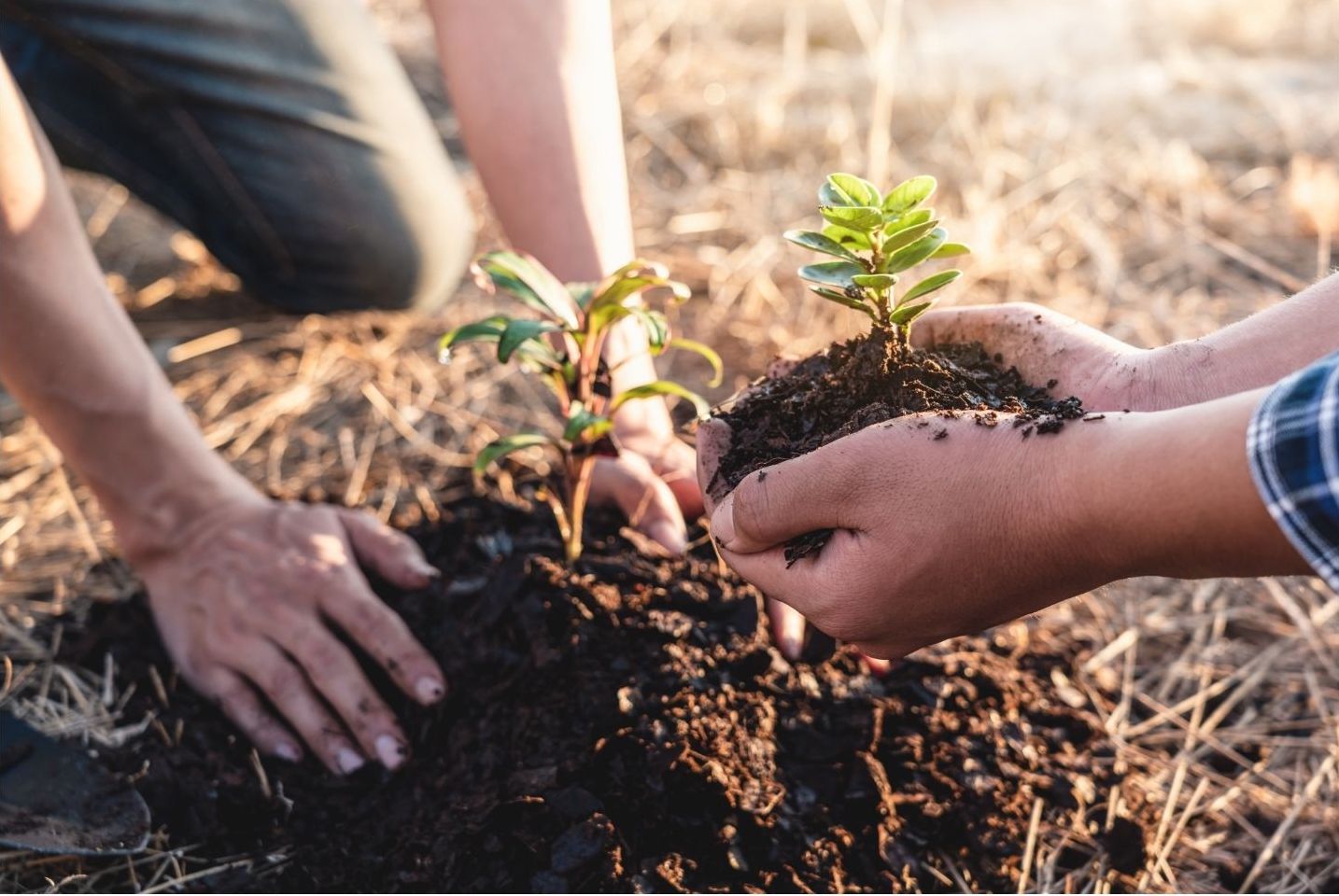For centuries, scientists have studied how different species interact with one another. Forests and trees play a critical role in protecting our biodiversity, which is needed to preserve human life. While most of them agree on the natural benefits of reforestation, recent studies show that not all tree-planting activities are good for the environment. How can we promote biodiversity the next time we plant a tree?
Seeing the bigger picture
Reforestation follows as an intervention to deforested lands. In deforestation, trees are purposefully cleared for non-forest use. Over time, this reduced forest cover damages our ecosystems, destroys animal habitats, and causes severe changes to climate patterns. There are ethical and unethical reasons for cutting down trees, but planting a tree is commonly perceived as environmentally friendly.
On the other hand, forest restoration includes reforestation. This approach requires the study of all other activities that will bring the forest back to its natural state. In tree planting, we collect seeds, grow saplings, and identify the right species to plant in a specific area. Forest restoration goes beyond these activities by combining other reforestation techniques to ensure the newly planted tree grows.
Adopting a conservationist’s perspective
Like all plants and living beings, forests have their safe and useful lifecycles. Untouched rainforests are teeming with wildlife responsible for absorbing harmful carbon dioxide in our atmosphere. But sometimes, there exist lush, dense forests that are dangerous when overgrown. Trees start to compete for soil, air, and water on the ground. Stronger trees take more root space, leaving fewer nutrients for weaker trees. Sick trees infect other trees, and a healthy forest with sick trees isn’t good for biodiversity.
Tree doctors, or arborists, are conservationists especially trained to identify and cut down sick trees. Adopting their approach is effective to ensure that reforestation is safe, productive, and sustainable. Massive tree-planting programs fail either because of too much human intervention or too little biodiversity value. With proper planning, trees can grow in secure environments and continue to benefit entire communities.
Co-parenting with Mother Nature
Despite the increasing rate of global forest loss, we can continue to make meaningful changes as long as we commit ourselves to achieving our intended goals. When we think of ourselves as “plant parents”, we raise seedlings as if they’re our children. They become saplings ready to be planted as if we’re sending them off to school. We look out for grown trees as they find their jobs, whether that is to provide food, timber, or clean water.
Reforestation also creates unintended consequences which we can minimize if we support natural regeneration instead of directing it. In some places like Canada, studies have shown that young, open forests end up releasing more carbon into the atmosphere than storing them. Without careful management, reforested areas are also prone to dramatic changes to the earth’s climate, human population, and land use.
The challenge of shared responsibility
Reforestation isn’t only about planting new trees to thrive in the forest. It’s also about protecting old trees so their forests stay intact. Understanding the importance of forest management is like caring for a community of the young and elderly. We need to reduce deforestation, conserve biodiversity, and ultimately share in this responsibility we have towards our trees.
–
Sources:

